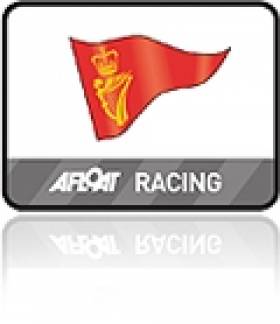Displaying items by tag: RCYC Racing Results
Sun Shines for RCYC Thursday Racing
The breeze was coming from the North 8 to 15 knots. Full main and a light No.1. The start was 3 hours after low water. Because it was such a nice evening the Race Officer Ger Coakley threatened to send us to the Pollock Rock Buoy, which is a few miles Southeast of Roches Point. But thankfully he refrained. Instead he gave us an excellent course (No. 65). The course gave us all points of sailing including gybes. Some of us were not as good as others, but it gave us an excellent night of sailing.
The highlight of the evening in Cork Harbour was the successful rescue of the three people on a fishing boat on fire. Well done to all involved in the rescue.
Ian Hickey's Granada 38 "Cavatina" in White Sail got the number 1 slot in IRC & Echo. In Class 3 IRC it went to Jimmy Nyhan & Maritta Buwalda's 1/4 tonner "Outrigger" and in Class 3 Echo Tom & Cormac MacSweeney's Sigma 33 "Seascapes" did the trick. In Class 2 it was Leonard Donnery's Nicholson 33 "No Gnomes" that came 1st in IRC & 1st in Echo and in Class 1 the honours went to the J109 "Jelly Baby" Ian Nagle & Paul O'Malley and in Class One Echo it went to Derry & Hilda Good's X362 Sport "Exhale"





























































